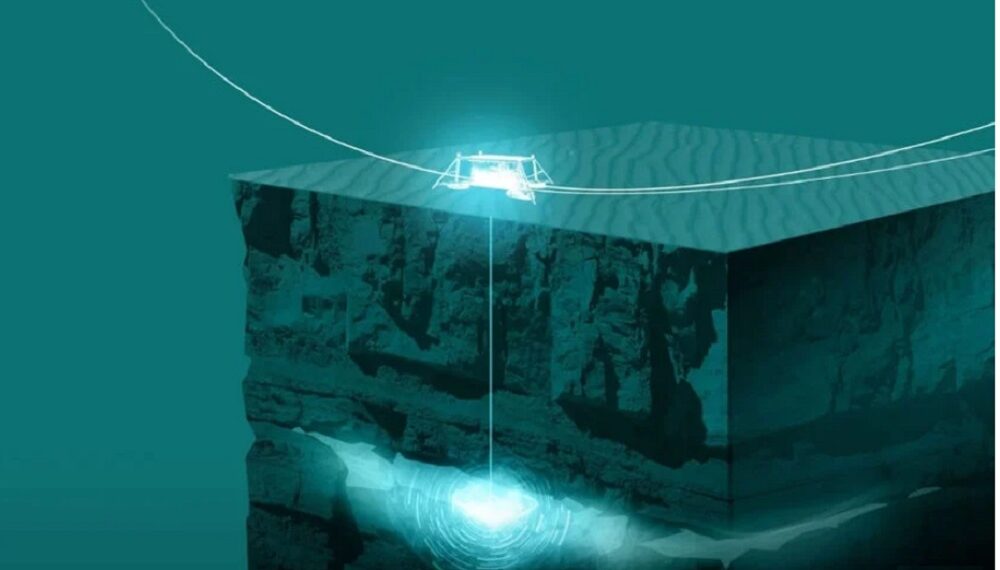Rotobox uses thermocatalytic decomposition process (TCD) onboard marine vessels, where part of the natural gas fuel supply is converted into hydrogen and graphite with a liquid catalyst.
The resulting gas can be used for fuel cells or as a blend-in fuel for combustion engines or gas-fired boilers. The process can reduce overall carbon emissions by up to 100 percent depending on the heating method, according to its developer.
The TCD process significantly reduces CO2 emissions, particulate matter and methane slip by producing hydrogen while capturing carbon in its solid form. The technology has been described as a first-of-its-kind.
Rotoboost’s solution is scalable to meet future emission regulations, with lower electrical power requirements compared to conventional carbon capture systems and less storage space needed for solid carbon, allowing the system and associated storage to remain compact even for long voyages, LR said.
The system is well suited to LNG carriers and other LNG-fuelled vessels, offering an additional option for shipowners for decarbonising.
The AiP validates Rotoboost’s CCS system as compliant with LR’s goal-based and comprehensive prescriptive requirements, marking a further milestone in the development of carbon capture technology.
The verification comes on the back of the technology qualification designation Rotoboost secured from the ABS classification society back in November 2022.



















































